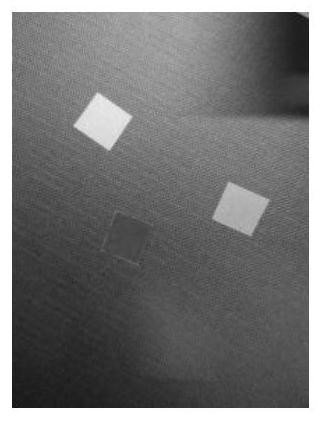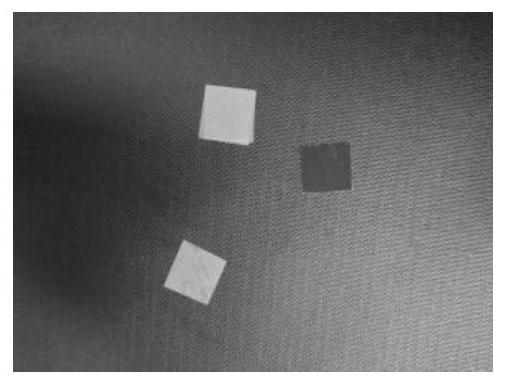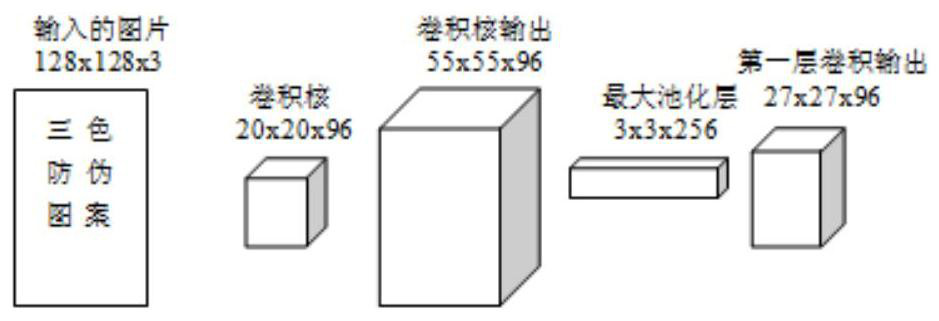An image recognition method based on convolutional neural network
A convolutional neural network and image recognition technology, applied in the field of deep learning, can solve problems such as waste, difficult transfer of fully connected neural network gradients, and limitations on the number of network layers
- Summary
- Abstract
- Description
- Claims
- Application Information
AI Technical Summary
Problems solved by technology
Method used
Image
Examples
Embodiment
[0089] The training model in this example has a total of 40 epochs to update the learning rate. A larger learning rate is set at the beginning of the training, and the learning rate gradually decreases as the total system error decreases during the learning process. In one epoch training, the best weights are saved for later deployment of the neural network model. During the training process, the SGD stochastic gradient descent method is used to optimize the training system, and minibatch training is used to speed up the model convergence. After completing 40 epochs of training, the best weights in the training are saved, and in the model prediction, the saved best weights are directly called to initialize the model prediction parameters to start predicting pictures.
[0090] Before training starts, load the images to be trained, preprocess the training set, including image normalization, image channel unification, etc., and then build and train the model, that is, start forwar...
PUM
 Login to View More
Login to View More Abstract
Description
Claims
Application Information
 Login to View More
Login to View More - R&D
- Intellectual Property
- Life Sciences
- Materials
- Tech Scout
- Unparalleled Data Quality
- Higher Quality Content
- 60% Fewer Hallucinations
Browse by: Latest US Patents, China's latest patents, Technical Efficacy Thesaurus, Application Domain, Technology Topic, Popular Technical Reports.
© 2025 PatSnap. All rights reserved.Legal|Privacy policy|Modern Slavery Act Transparency Statement|Sitemap|About US| Contact US: help@patsnap.com



